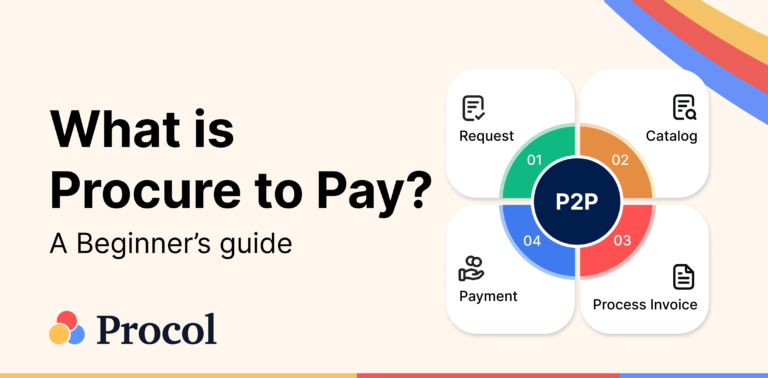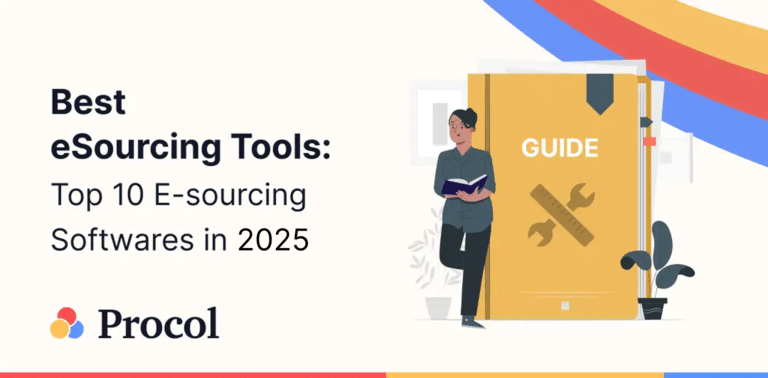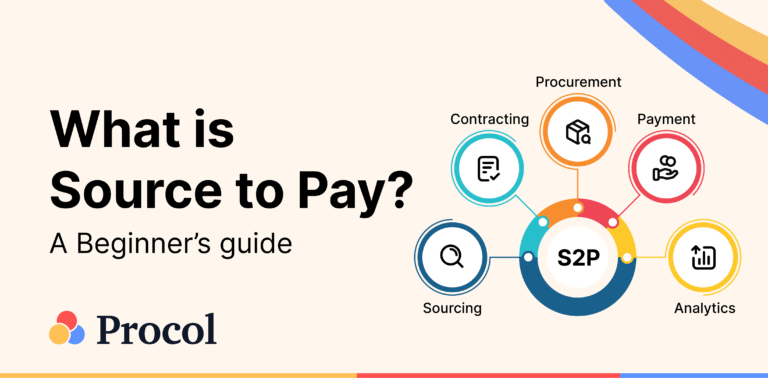Definition
The technique of forecasting savings based on tracking, careful planning, and mapping those savings is known as financial savings management. Having a detailed image of finances and strategising accordingly aids businesses in limiting spending and obtaining savings.
All actions that entail predicting savings based on strategic sourcing plans, projecting savings to the budget, and monitoring realized savings are included in financial savings management in procurement. Financial savings management also provides a clear view of your money and function-specific savings projects.
How to Measure the Value of Procurement Savings?
Procurement’s primary goal is ensuring that goods and services are obtained for the lowest feasible price. Cost savings remain the top performance criteria for CPOs. To quantify this, use hard savings or so-called cost avoidance. Finance and procurement are still at odds over how to value procurement savings. There is no right or incorrect strategy; there is only one approach. To achieve credibility, transparency, alignment with finance, and the ability to prove its worth to business stakeholders, procurement must build trust.
Without a prior cost reference, savings could be estimated using the first offer received or market benchmarks. Procurement teams can sit back and hand over the contract to the business for implementation when they want to record savings during the negotiation process or after an agreement has been confirmed and assigned. This alerts us to the possibility of savings, but it does not translate into actual financial savings.
Where to Find the Opportunities for Cost Savings?
The secret to prudent procurement is concentrating resources on initiatives that produce the most value and looking for ways to reduce costs. Future savings opportunities are found through spending analysis. The information below for any particular good or service may offer clues as to where discounts might be found:
- Recurring expense
- Total Number of suppliers
- Amounts spent on each supplier
- Spending by division
- Compared to a chosen benchmark
- Spend consolidation by taking advantage of discounts, and reducing the number of suppliers. Re-specification can also boost a product or service’s cost-effectiveness. One relatively simple and occasionally overlooked option is working transparently and cooperatively with your leading suppliers, where both parties benefit from savings and advantages can be shared.






















